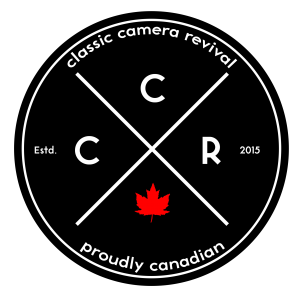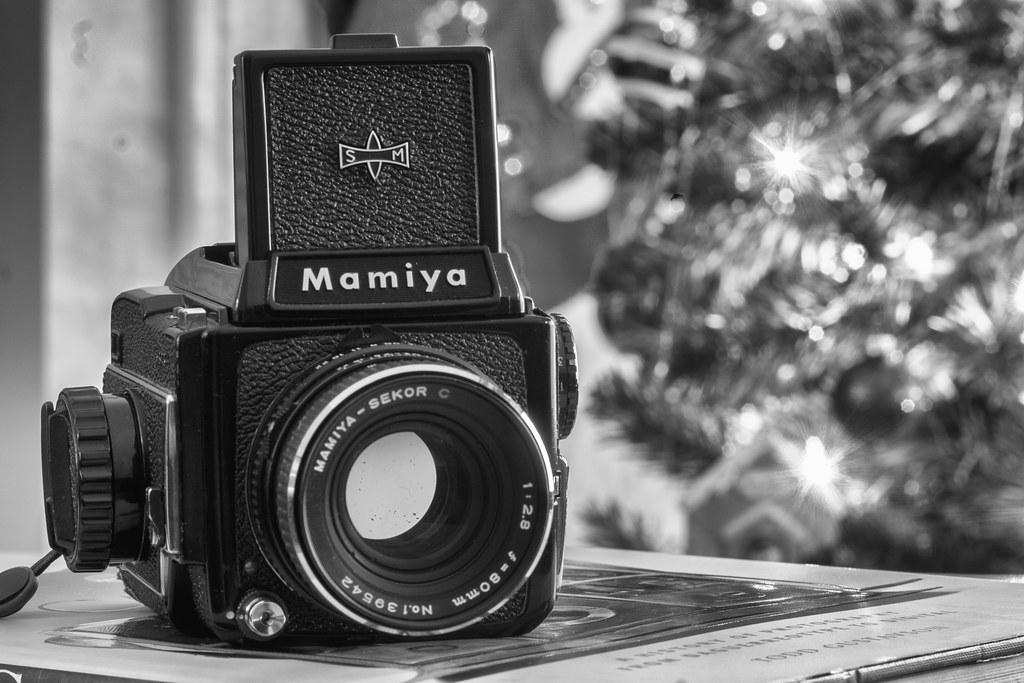In this episode, we’re talking all things medium format while poking a little fun at the widespread misinterpretation of 120 film as “120mm film.” We’re tackling everything from cameras to negative sizes and even lenses aimed at the popular format that has been around for over 100 years now and isn’t going away anytime soon. Especially with Kodak Gold 200 in 120 format and CineStill trying to bring back 220 film!
In full disclosure, 120mm film did exist, but it’s more closely tied to a large format as 120mm is 12cm which is about 4.5 inches. Surprisingly some films have the 120mm measurement; there are 1898’s 113 (90×120mm) and 114 (120x90mm) formats. If you’re already seeing something and that these roll films are all numerical formats, with the first roll film released in 1881 being 101, going all the way to 119, which means that 120 film were first released in 1901 following the sequence already laid out.
The “Texas Leica” – Fujica GW690
After borrowing the GSW690II from James, John has become firmly attached to the 6×9 format and recently picked up a GW690. Despite having a slightly narrower focal length, the big 6×9 negative help give a sense of space. Great for landscape and urbanscape work. Of course, the rising price of film and only getting eight shots on a roll make him stop and think more. These cameras aren’t cheap, but you can often get a good deal if you keep your nose to the ground. If you are looking, don’t look at the body’s cosmetics, but pay close attention to the glass.



The Ideal Print Size – 6×7
If your final choice is to print your work to 8×10 through digital or traditional means, look no further than the 6×7 format. The size is a bit bigger than square and offers the option to shoot either landscape or portrait orientation. For Jess, her camera of choice is RB67, perfect for her work in the woods. While it’s a bit of a fridge to carry around, you cannot beat the image quality and rotate the back. But you do want a tripod.
Being primarily a portrait shooter, James’s camera of choice is the Pentax 67II. The last of the Pentax 6×7 line offers a more traditional feel to the camera with the look and style of a standard SLR. Paired with legendary Takumar optics, this camera includes the beautiful 105mm f/2.4 and 55mm f/3.5 lenses. Perfect for both landscape and portraiture, especially when an AE head is mounted on the camera.

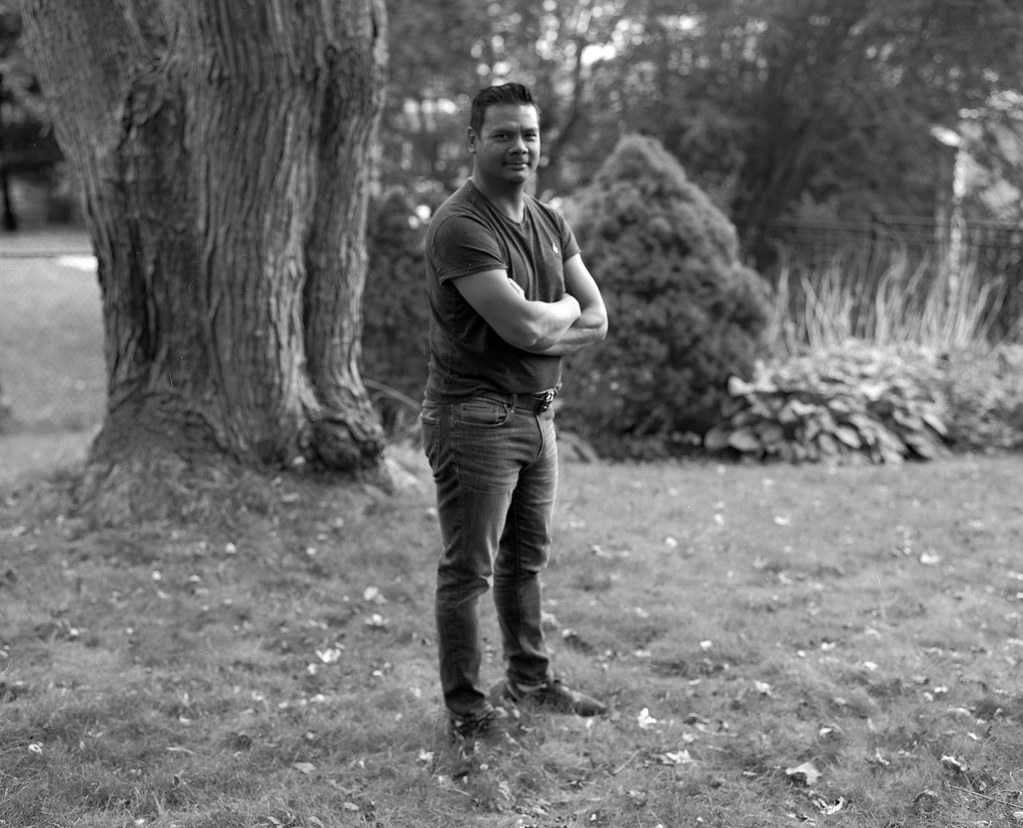



Thinking Inside the Box – TLRs and the love for 6×6
When it comes to Bill, his jam is TLRs. He has a large selection of premium German options from Franke & Heidecke, including some Rolleiflex’s and Rolleicords. These make for lightweight travel cameras with a small meter. Plus, you can’t beat the optics of both Zeiss and non-Zeiss offerings. And that square format cannot be beaten. Although you will pay more for Rolleiflex over a Rolleicord, both are solid choices when looking for a TLR.
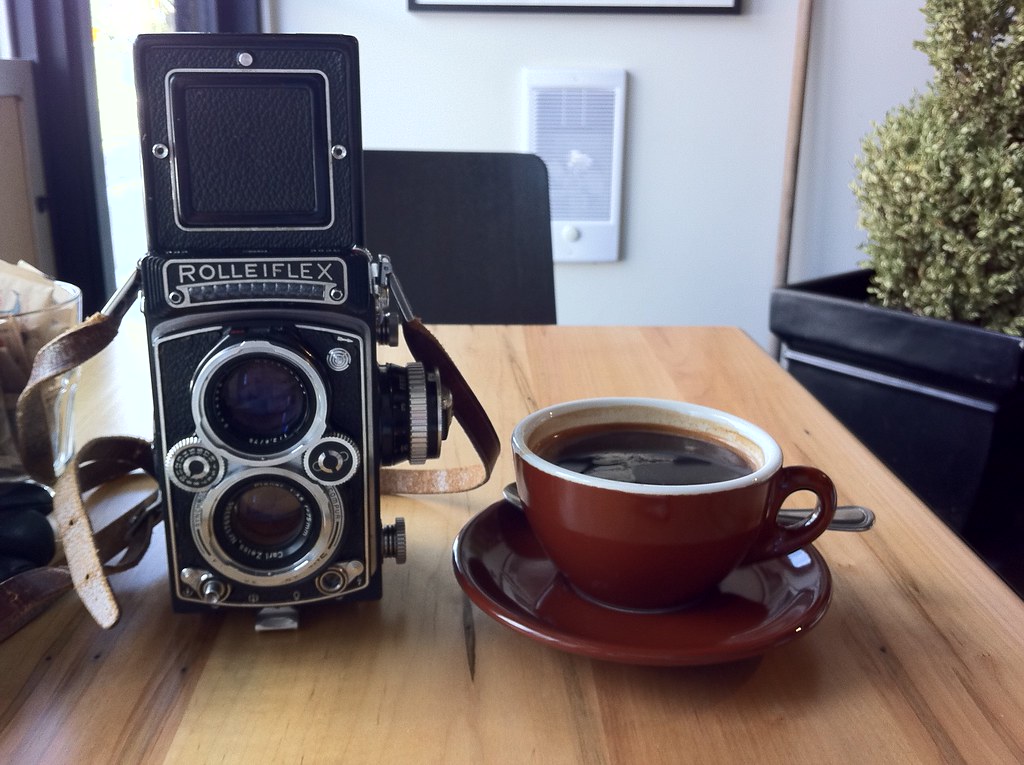

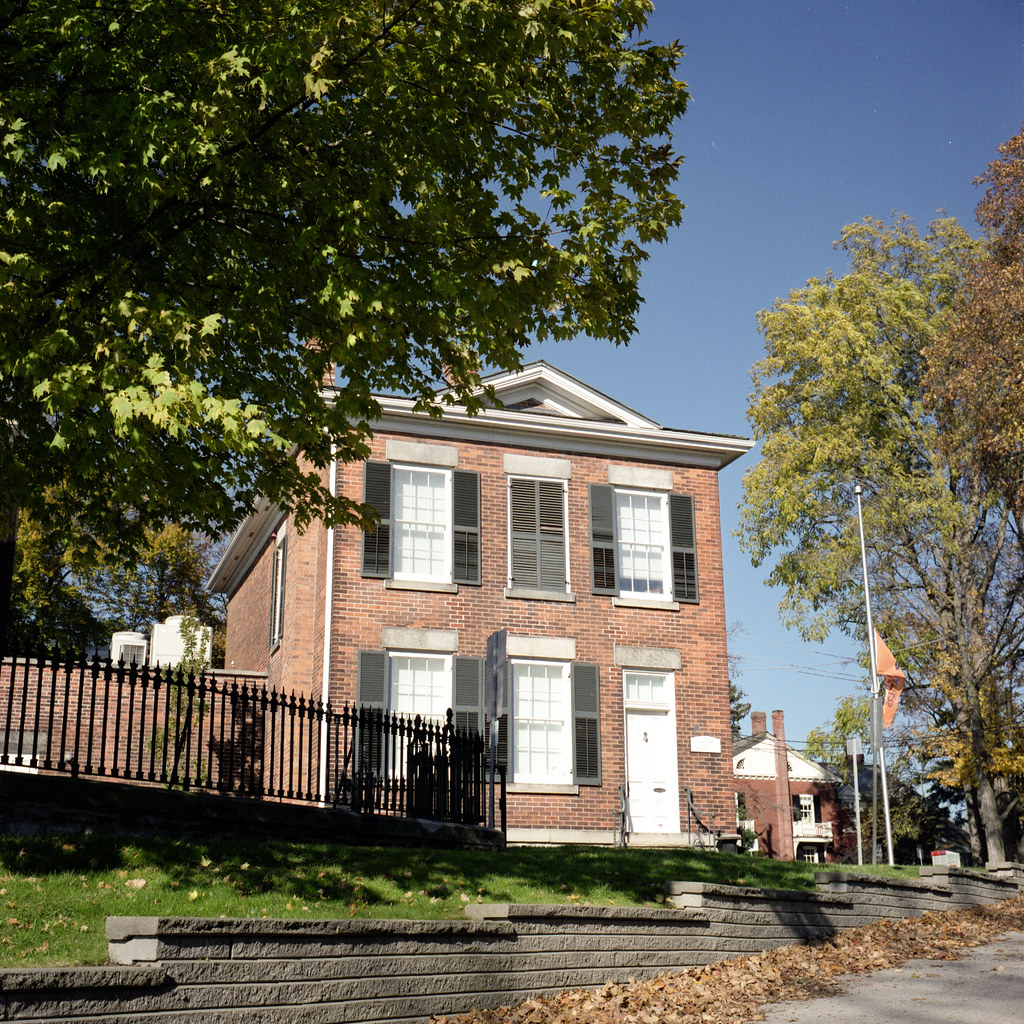
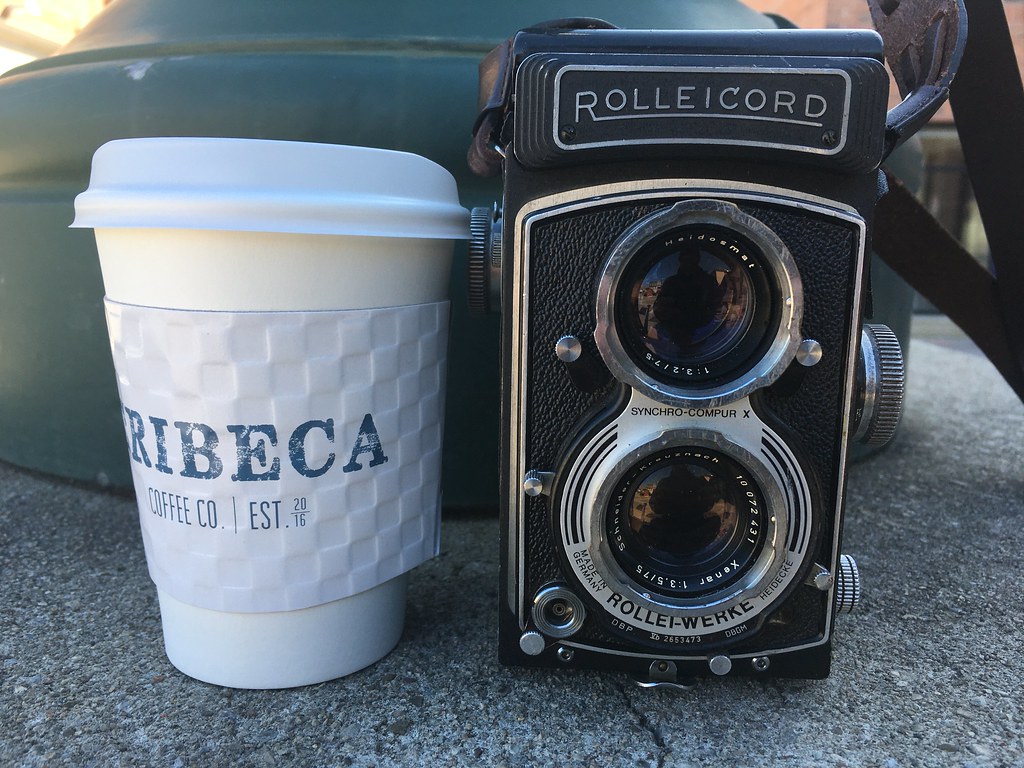
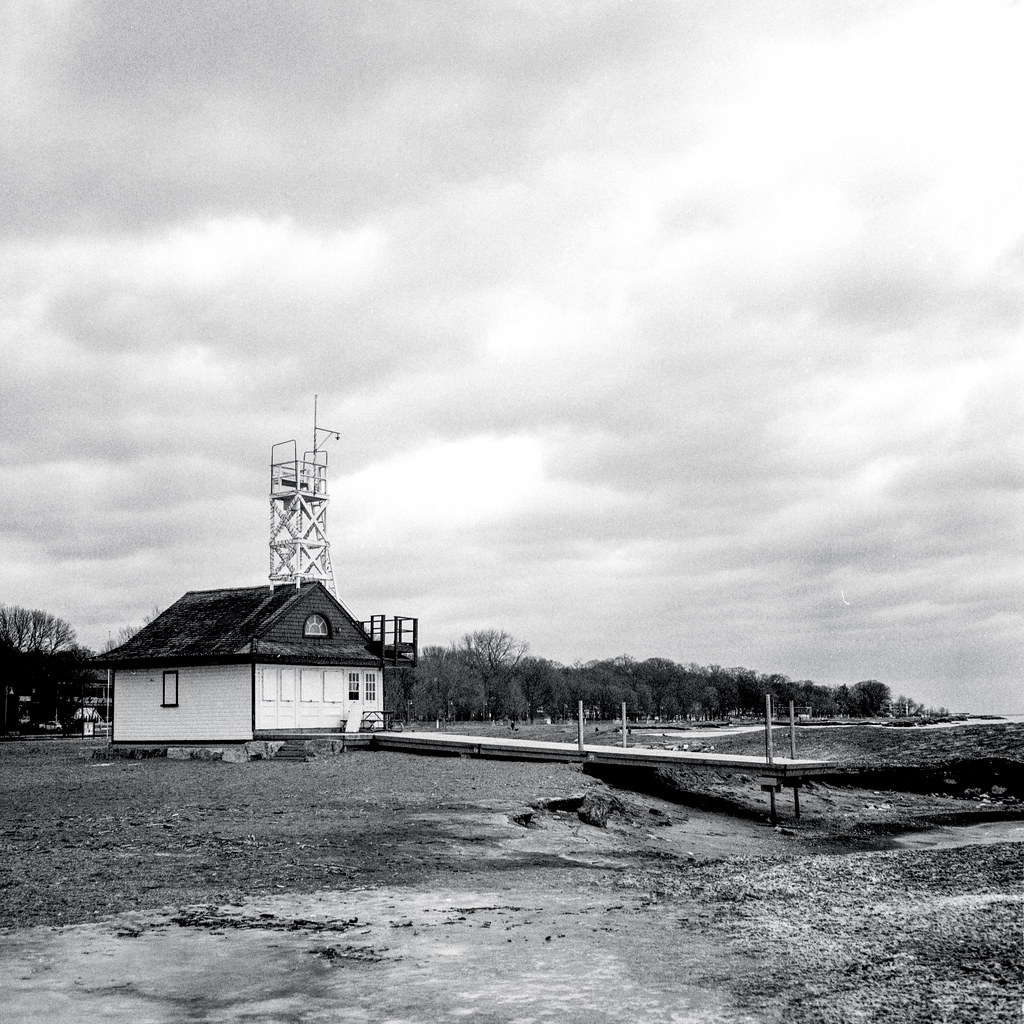

Of course, the Rollei offering lack one thing that some photographers might want, the ability to change your focal length. And sure, you can always zoom with your feet, but what if you could change out lenses? Well, Mamiya has a solution for that, and Bill has a tank of a TLR, the C220f! Plenty of different models uses giant interchangeable lens plates (you’ll want the blue dot lenses). These are far from light, but they deliver.
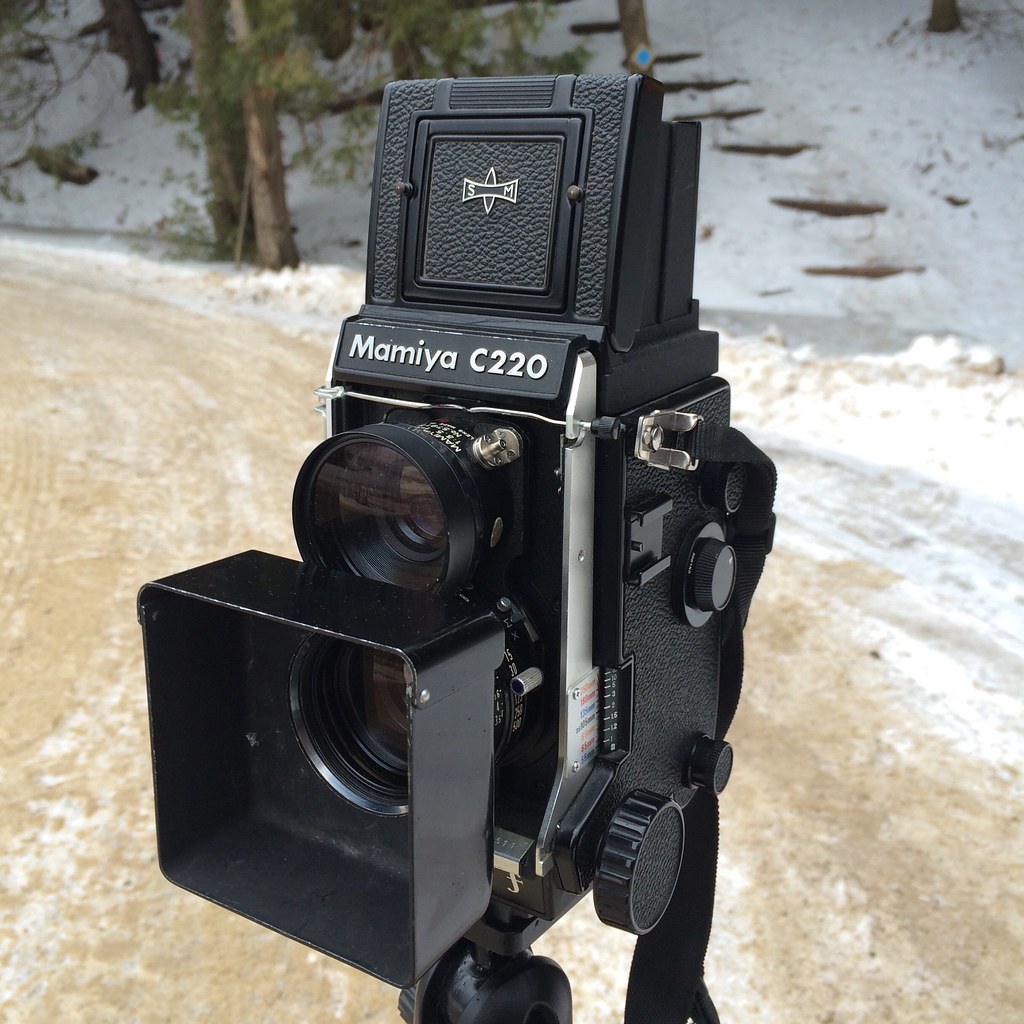
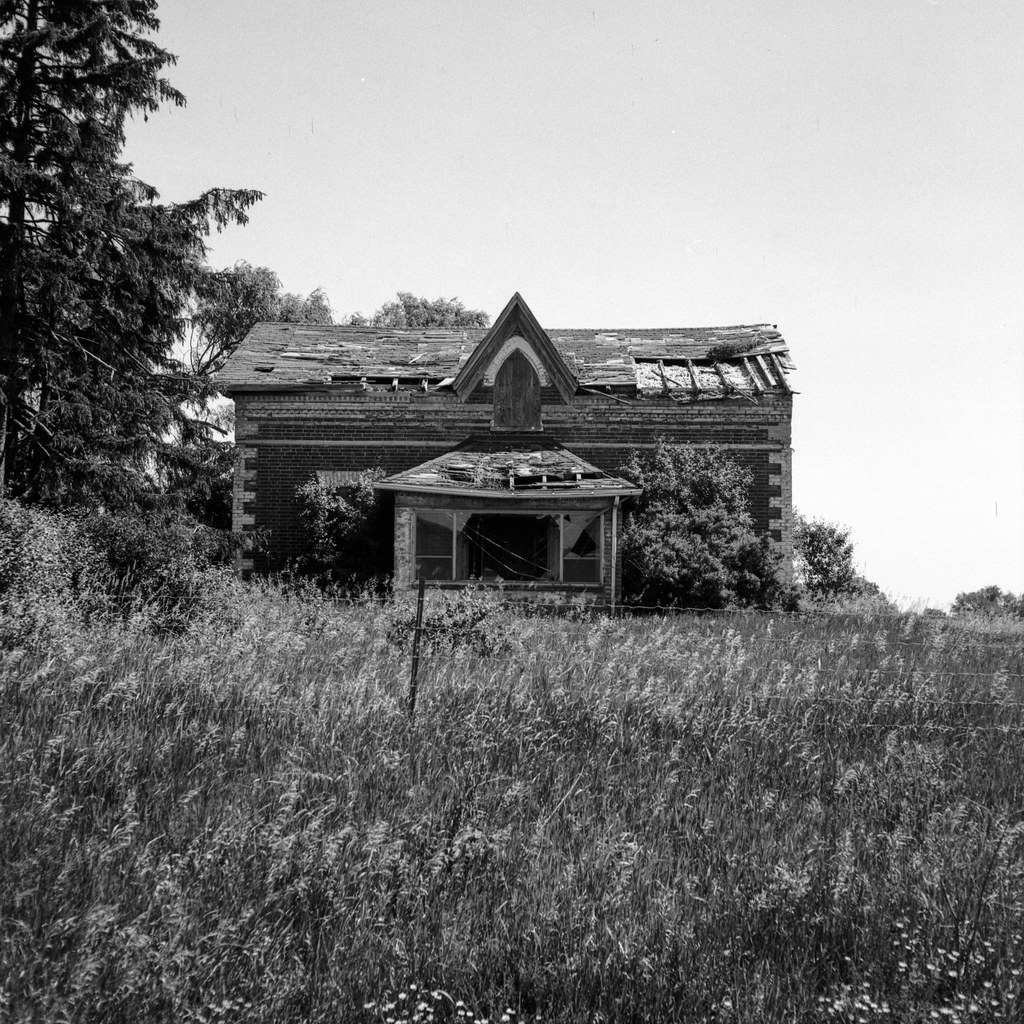
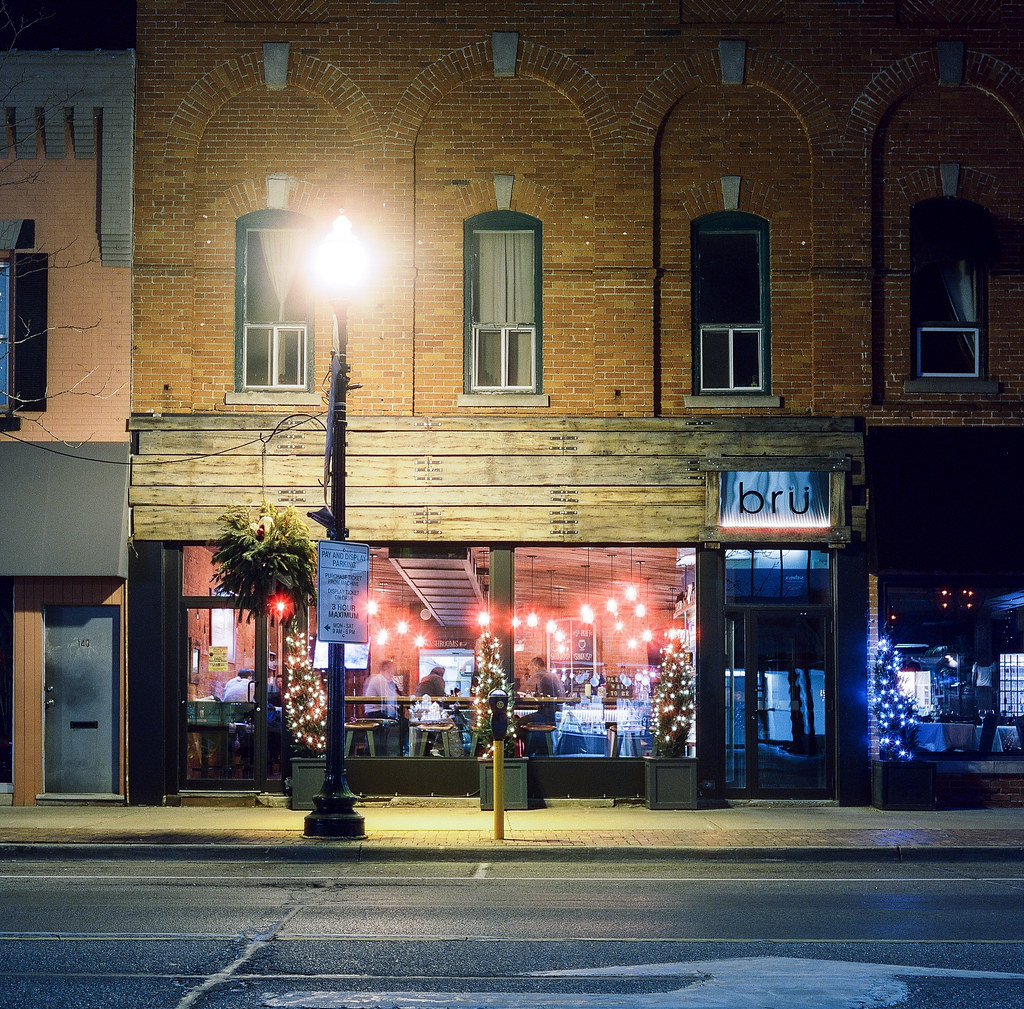

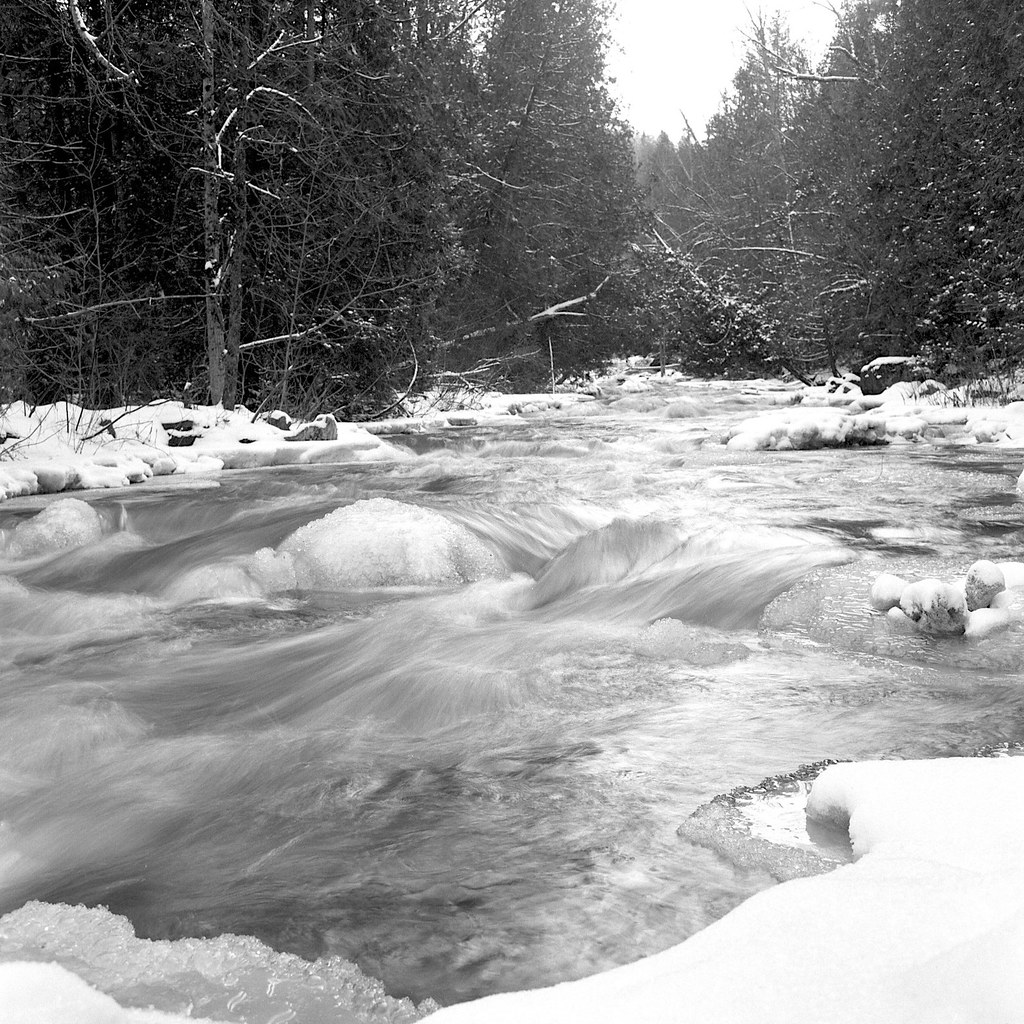
Small but mighty – 645
Despite being the smallest negative size for 120, Alex has found that 6×4.5 is perfect for portraits, landscapes, and even travel. Especially when paired with a perfect compact body. His first step into the 645 format came in the Pentax 645. A solid SLR non-system camera offers plenty of automation around exposure settings and automatic film advance, plus a great optics set. But what sold him is the 35mm focal length, which presents a wide-angle offering in the negative size. Great for those abandoned buildings he took the camera through for many years.
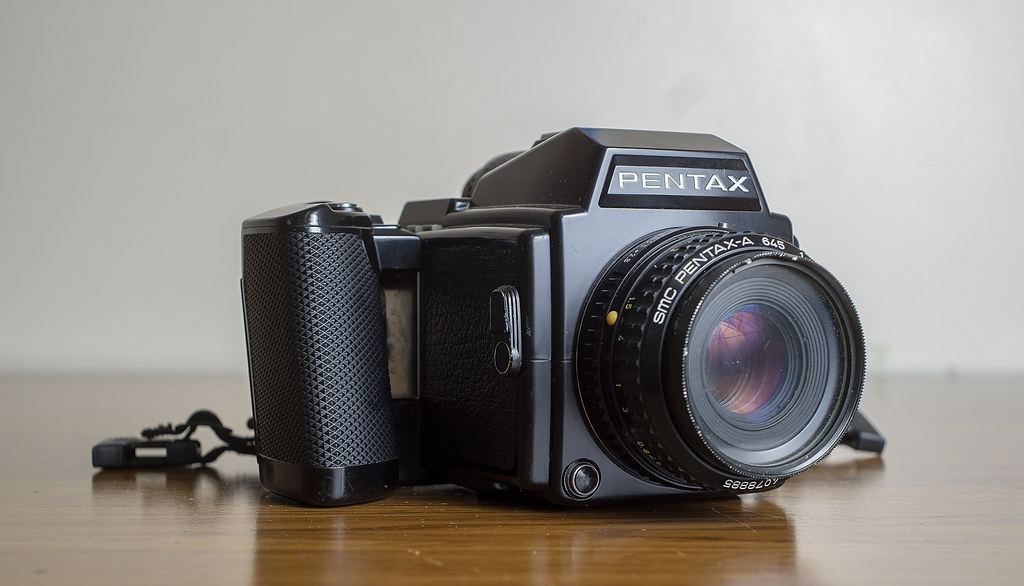




After selling off the Pentax 645 (a mistake, but it did go to a good home), the urge to maintain the format stayed strong, and I ended up with a Mamiya m645 and that 35mm focal length again. The m645 offered a more manual experience than the Pentax but provided a little more customizability with different finders and grips. Allowing for a compact travel system or something better suited for portrait work at weddings!
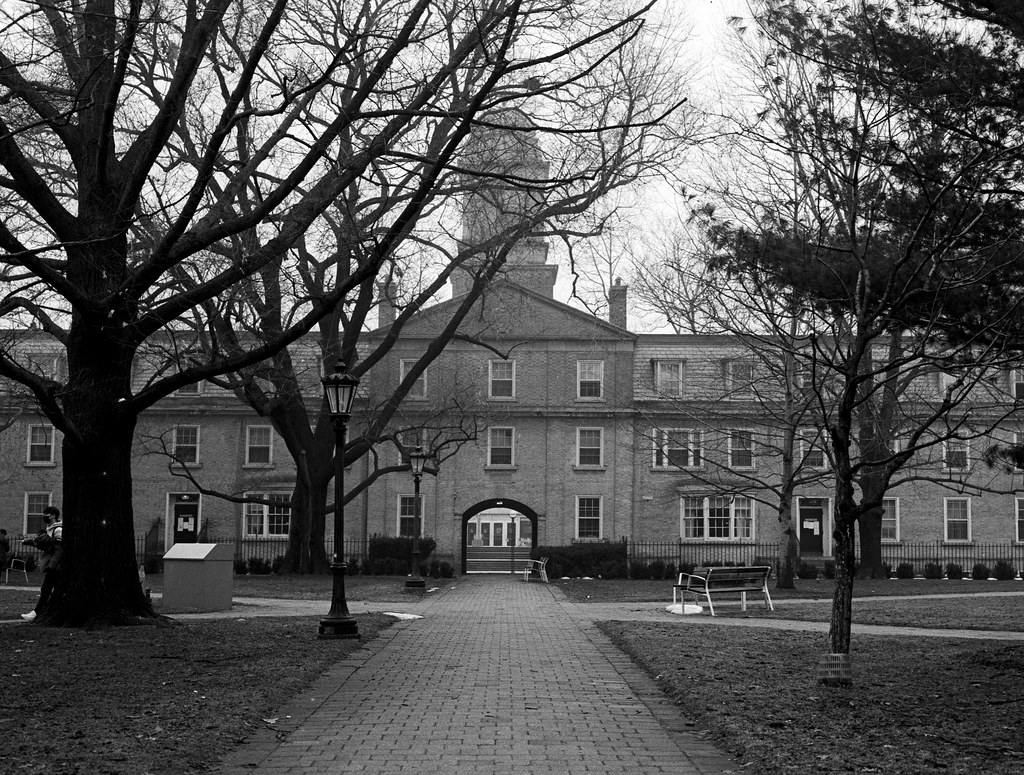



Want a subscription to SilverGrain Classics and are a fan of Classic Camera Revival? Visit their shop online and buy a magazine or a subscription? Looking for a good spot to get your gear and material fix check out Burlington Camera (Burlington, ON), Downtown Camera (Toronto, ON), Film Plus (Toronto, ON), Belle Arte Camera (Hamilton, ON), Pond’s FotoSource (Guleph, ON), Foto Art Camera (Owen Sound, ON). In Quebec, Photo Service (Montreal, QC) and Studio Argentique (Montreal, QC), Out West there’s Kerrisdale Cameras (BC), The Camera Store (Calgary, AB) and Beau Photo Supply (Vancouver, BC). Additionally you can order online at Argentix (Quebec), buyfilm.ca (Ontario), the Film Photography Project or Freestyle Photographic. Looking for development options, check out these labs that have our support, Boréalis Photo Lab, Old School Photo Lab, The Darkroom, and Film Rescue International.
Also you can connect with us through email: classiccamerarevivial[at]gmail[dot]com or by Facebook, we’re at Classic Camera Revival, Twitter @ccamerarevival, and Instagram (@classiccamerarevival)!
